Sustainable Gardening! How To Get Started?
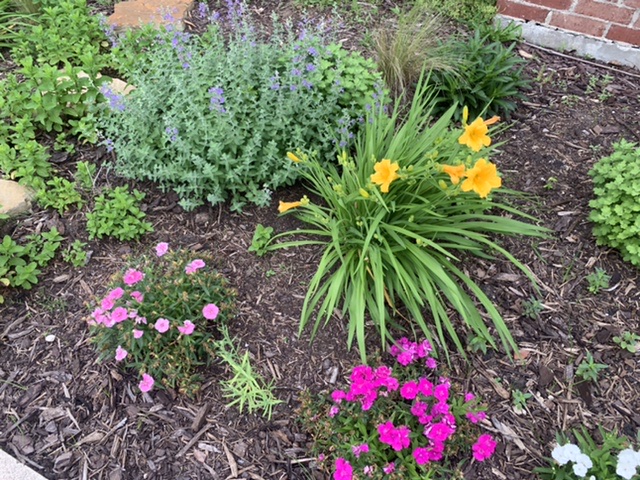
Purchasing items through the links provided in my blog is a way to help me earn a small commission at no extra cost to you. Thanks for your interest and support!
What is sustainable gardening?
Sustainable gardening can be defined as working with nature to enhance our garden organically without the use of harmful chemicals. Trying to control things our way is not always the best way. Instead minimizing our impact on Earth will benefit us in the long run!
How do we benefit from a sustainable garden?
- Time Saving
- Less Garden Work
- Organic Food Without Pesticides
- Balanced Ecosystem
- Save Money
- Help The Environment
What can we do to get started?
First and most importantly we want to have a genuine desire for working towards building a sustainable garden. Our desire and our reasons will motivate us to work harder and stay committed to our goal. There will be times where we may find ourselves struggling with a task or maybe it was not as easy as we hoped but in the long run, the benefits strongly outweigh any struggles.
What goals should we work towards?
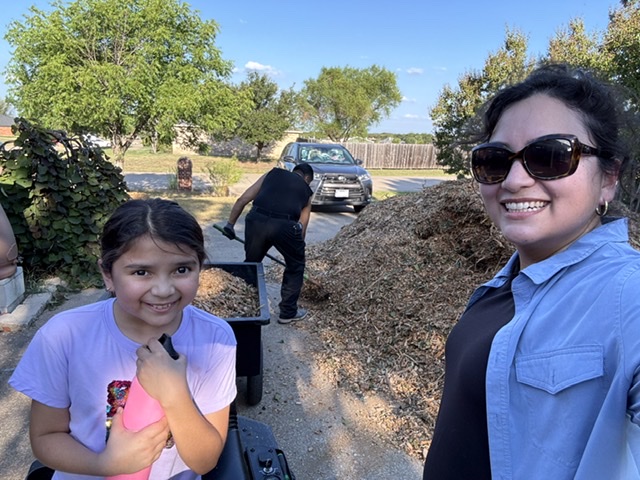
Improving Soil Health
Healthy soil is the life to all sorts of plants! Without it, plants will struggle to grow, trees will die, and pest and disease will easily take over your garden. The soil has a whole universe of it’s own! It is mostly invisible to the naked eye, but we know it’s there. The microorganisms within this soil web work together to keep the soil alive and healthy.
So how can we help improve our soil?
Compost, compost, compost! Soil microorganisms require compost nutrients to thrive. It helps them stay balanced and provide the nutrients to the plants growing within that soil. Starting your own compost helps in your goal to reduce trash in landfills and can save you money. Depending on your garden size you still may need to buy organic compost bags or have a reputable company deliver a big pile of organic compost.
Never stop mulching! Adding mulch to our soil protects it from the heat. Adding 2-4 inches of organic mulch keeps the soil moist for longer periods of time, especially during the dry spells. If possible, adding cardboard under the mulch for larger plants, fruit trees and bushes will aid with weed control without the use of weed killers.
Mulch can add up quick if we are buying bag after bag or have a lot to mulch around our gardens. I found Chipdrop.com to be very helpful in my case. There are pros and cons to ordering wood chips through Chip Drop but for me, a full 20 yards of free wood chips with free delivery was a must.
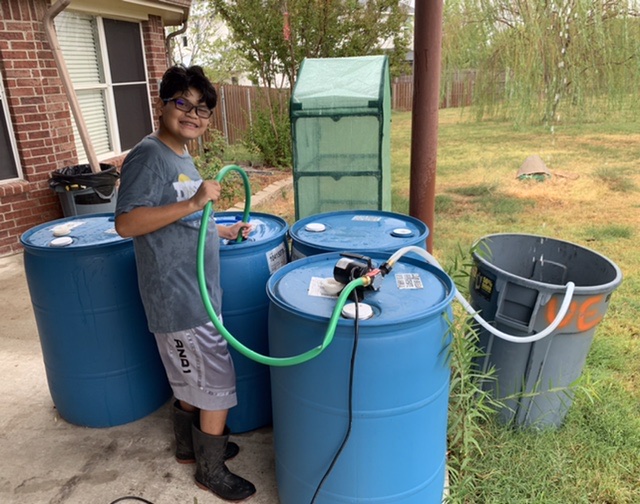
Collecting Rain Water
Collecting rain water will help us conserve water and save money at the same time! This really comes in handy, when you live in a state like Texas where you don’t receive any rainfall within a 100 day period or longer. Yes, summers can be crucial and keeping our plants alive is not an easy task if we have to pay for it. Not to mention, at times we can be put on watering restrictions! So what do we do when we receive a watering bill close to $500 a month? We collect our own rainwater, however possible!
To start collecting water, first we have to buy those giant blue barrels! They have 55 gallons storage capacity and inexpensively $25 if you know where to find them locally. Make sure you buy food grade barrels that were used to store food items and not chemicals.
So there are many ways you can make collecting rainwater possible! Some of us are on a budget, or at least there are priorities on your to-buy list of items. If harvesting rain water is on the top of your list, then you may want to invest in aesthetically pleasing rain barrels and locate them at various down spouts around your home. A second option, would be to purchase a rain barrel kit as in the ones from the rain barrel depot. These kits are designed to link barrels together while collecting water from one down spout. For the DIYer out there, there are design ideas online for stacking your barrels and saving space.
These are all great ideas but there is one last option that I started with. It’s not a time saving option but it works for those who prefer to invest more time than money on rainwater collecting. This method involves purchasing a water transfer pump kit and a small hose. So, on my back patio, we have a down spout that just pours like crazy. When a heavy rainfall storm is predicted to arrive, I locate a large 55 gallon plastic trash can under my best down spout and get my water pump and hose ready. I use an extension cord to reach my water collecting area and as soon as the trash bin is half way full with rainwater, I locate the clear hose with the filter inside the rainwater and the regular hose inside my barrel to be filled. I keep doing this until my 7 barrels are full or it stops raining. Usually with one really good storm, I can fill at least 3-4 barrels that is equal 165-220 gallons of rain water. Remember, the amount of rain barrels you decide to have should just be enough for your garden!
Install Drip Irrigation
Harvesting rain water is a great way to conserve water but installing a drip irrigation system is still a way to help conserve water. Drip irrigation is more effective than water sprinklers. Drip irrigation is used to water efficiently at the roots and not lose water through evaporation. There are many ways to customize a drip irrigation system so that it works best for you. Drip Depot customizable kits can be helpful to easily get started. They can be pricey but huge time savers. Adding an electronic water timer to your drip system can help you save even more of your precious time and is extremely helpful when you are on vacation.
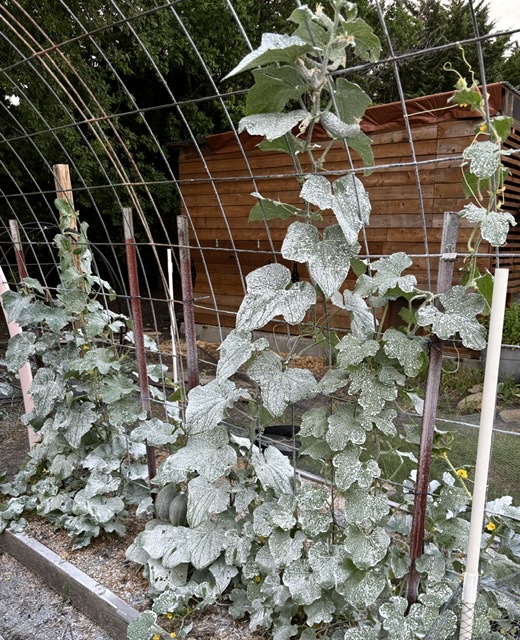
Organic Pest Management
Back when I first started gardening, I would buy herbicides that I now truly regret. Most people want to see a cheap quick fix when encountering problems and that’s exactly what chemically derived herbicides are “a cheap quick fix”. So what’s a better solution? Without a doubt, organic solutions! Yes, they can take more time to work but in the long run, you will have a healthy balanced ecosystem that will work for you. Using chemicals for pest control, doesn’t only get rid of the pest you are planning to terminate, but you also get rid of the good pollinators and predator bugs that actually take care of garden pest. Those chemicals will also spread into your soils, into the air and feed the plants that are feeding you and your family. That was a thought I couldn’t live by so I decided to stop buying chemicals and go organic. You should try it! It will give your peace of mind and make you feel extra proud of your hard work!
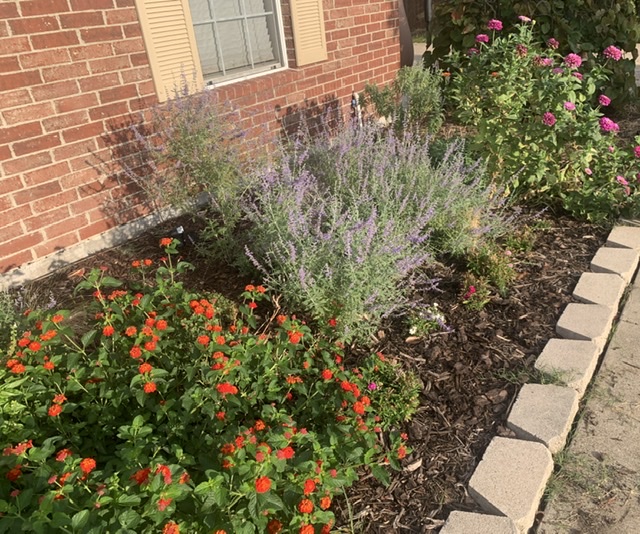
Planting Native Perennials
Who doesn’t love native perennials? I mean, they are the perfect plants for your gardening zone. They are suitable for your local climate, soil and rain. Some are extremely drought tolerant and disease resistant. Not to mention, once planted, they just keep coming back year after year and doubling in size. Talk about convenience!
For our local Texas area, there is a website called texassuperstar.com where plants are carefully chosen by experts as super star plants that thrive in Texas environment. When choosing native perennials for your garden, check the list first or do a little research for your local area. Survival chances are higher for your plant when they are native versus non native. Non native plants require a lot more care, can suffer quickly and unfortunately many times die. Leaving you to wonder how much it costed you to buy them and care for them in the first place. A sustainable garden is a garden that requires less of your time and attention, so native perennials are perfect to help you accomplish just that!
Saving Seeds
Saving seeds is pretty much, just that, saving seeds from your plants. All plants will produce seeds either annually or bi-annually and they come in different shapes and sizes. Some seeds are located in the flower buds, inside vegetables and fruits, and inside pods. You will be amazed at how many seeds one single flower or fruit can produce! If you are like me, you want to save every seed you can but it’s truly not necessary. Just decide how many will work for your garden and harvest those seeds at the right times. No need to get overwhelmed and exhausted! You will have free seeds for the next season!
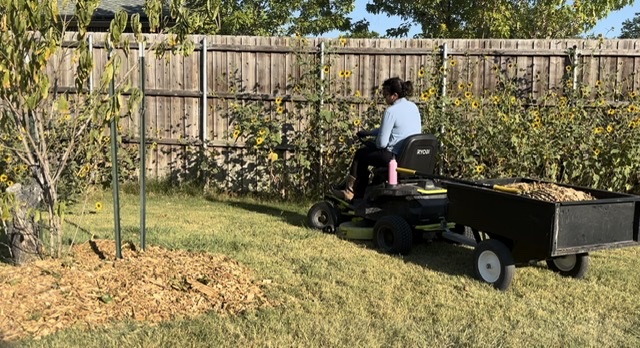
Use Environmental Friendly Tools
This is one of my favorite topics to sustainable gardening! When you are trying to accomplish a task, having the right tools and equipment is a must! Otherwise, you will hate your job and give up easily. The same is for gardening. Some tasks can be tough and tiring and the last thing we want is to give up.
Yes, tools are expensive and maybe environmental friendly tools are not in our budget but they are a plus to our goal towards sustainable gardening. Just think of the convince of a battery powered lawn mower, weed wacker, or blower. No gas equipment means no extra air pollution! I used to be intimidated to turn on a gas lawn mower but now I love to cut my lawn on my battery powered lawn mower while I listen to music. Sticking to the same brand battery tools will save you money on batteries and chargers. I have multiple batteries and like to keep them charged in a battery bank station to have them ready at all times.
Conclusion
Is sustainable gardening worth the effort? Of course! Once you go organic, it’s difficult to think of going back. The benefits truly outweigh any other option! Keep on working towards your goal to sustainable gardening and soon enough you will be reaping all the benefits from your hard work!
Recommended Resources From This Post
Soil, Compost and Mulch
Livingearth.net
Mulch
Chipdrop.com
Rain Harvesting
Therainbarreldepot.com
Drip Irrigation
Dripdepot.com
Favorite Organic Pest Control
Texas Native Plants
Texassuperstar.com
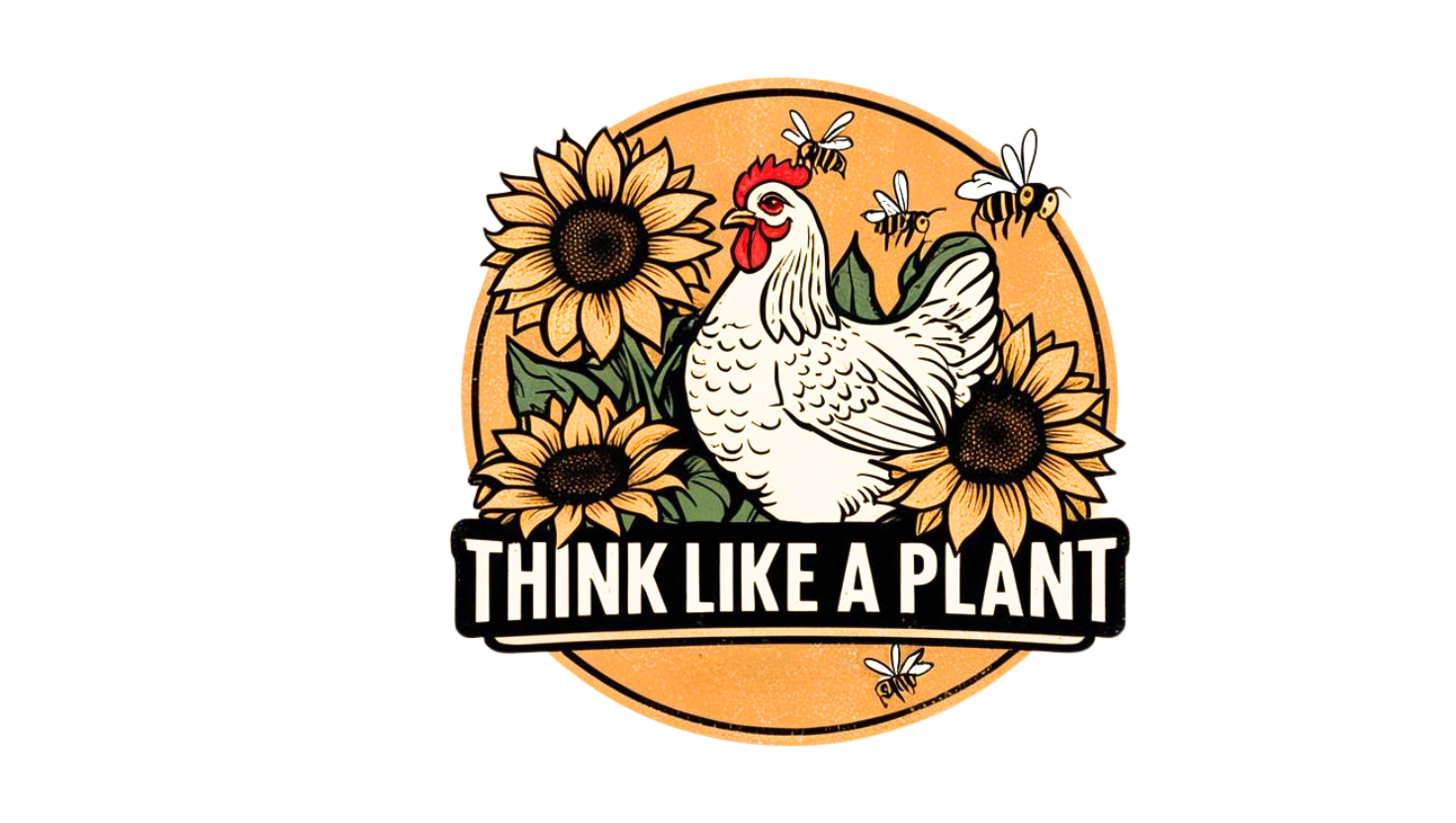
I love it my mom made it 😁😁